Scientific name Turbinicarpus Rank Genus | Family Cactaceae Higher classification Cacteae | |
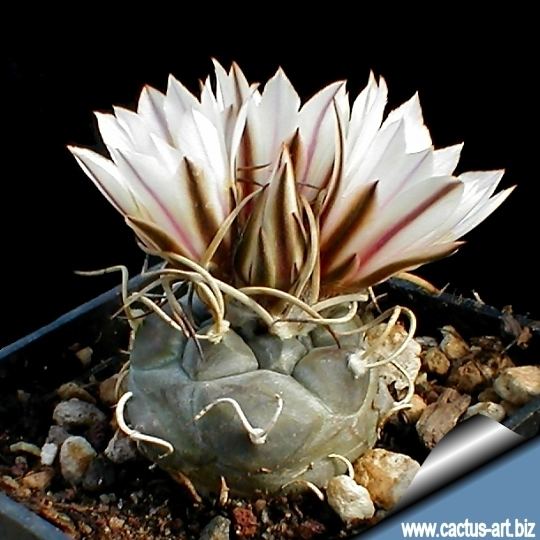 | ||
Similar | ||
My turbinicarpus swobodae cactus plant in tiny flower
Turbinicarpus is a genus of very small to medium-sized cacti, which inhabit the north-eastern regions of Mexico, in particular the states of San Luis Potosí, Guanajuato, Nuevo León, Querétaro, Hidalgo, Coahuila, Tamaulipas and Zacatecas.
Contents
- My turbinicarpus swobodae cactus plant in tiny flower
- Turbinicarpus lophophoroides flower opening time lapse
- Ecology
- Taxonomy
- Subgenus Turbinicarpus
- Subgenus Kadenicarpus
- Other species
- Synonymy
- References
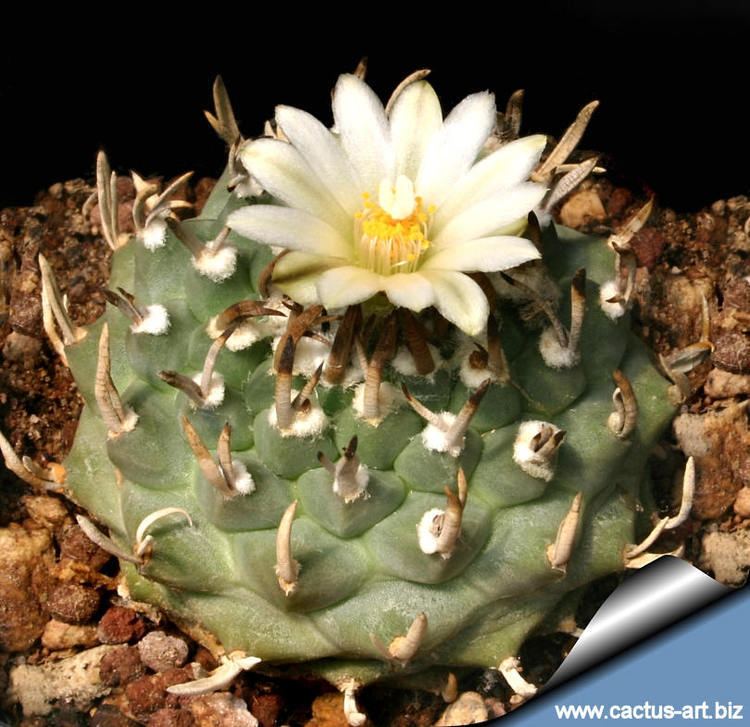
Turbinicarpus lophophoroides flower opening time lapse
Ecology
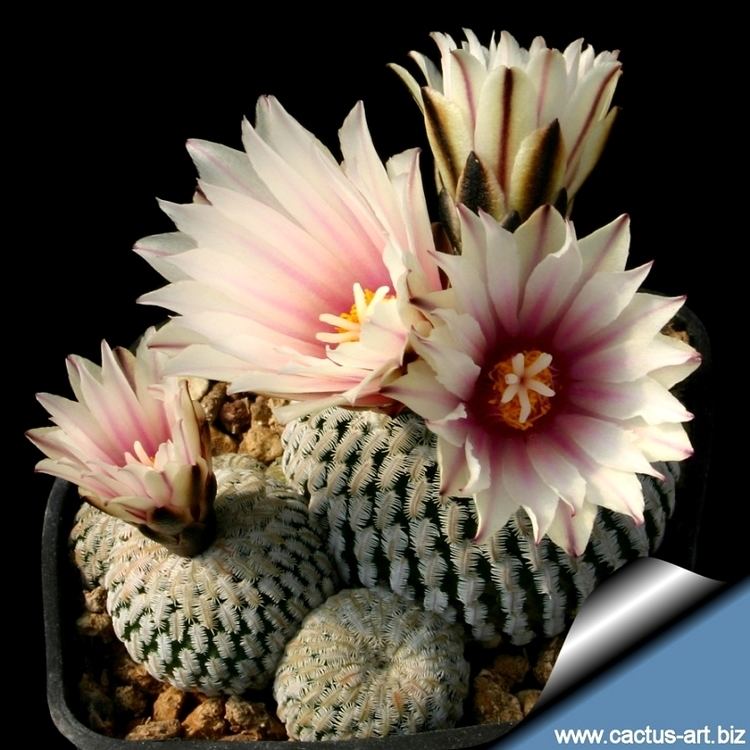
These succulent plants grow mostly on limestone soil (never on volcanic soil), at altitudes between 300 and 3300 metres above sea level.
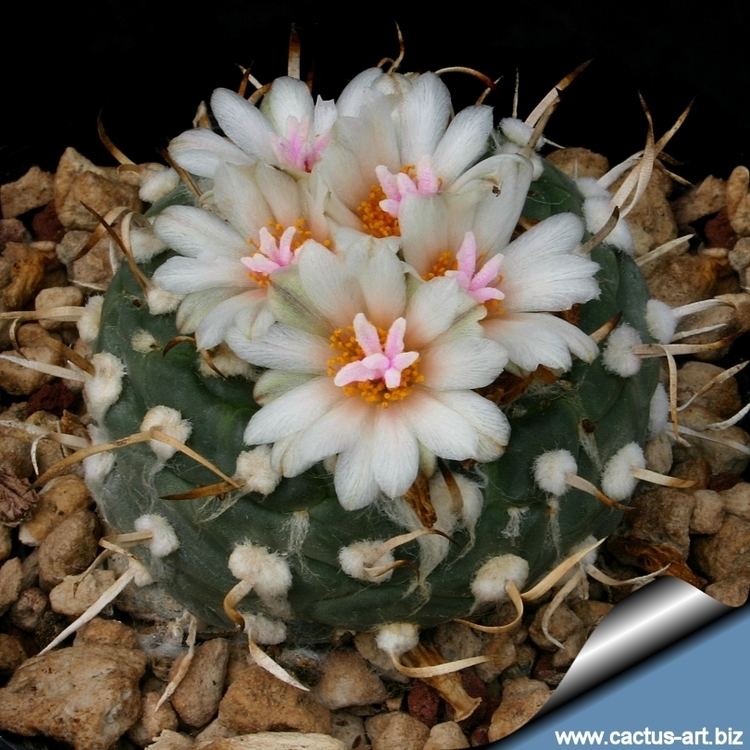
Turbinicarpus species are usually confined to specific habitats, generally hostile for the majority of plants, mostly in very drained rocky areas, composed of limestone, sandstone, schist (neutral or alkaline), or in very acidic and humiferous understorey, or in gypsum veins, sometimes so pure that they are almost white.
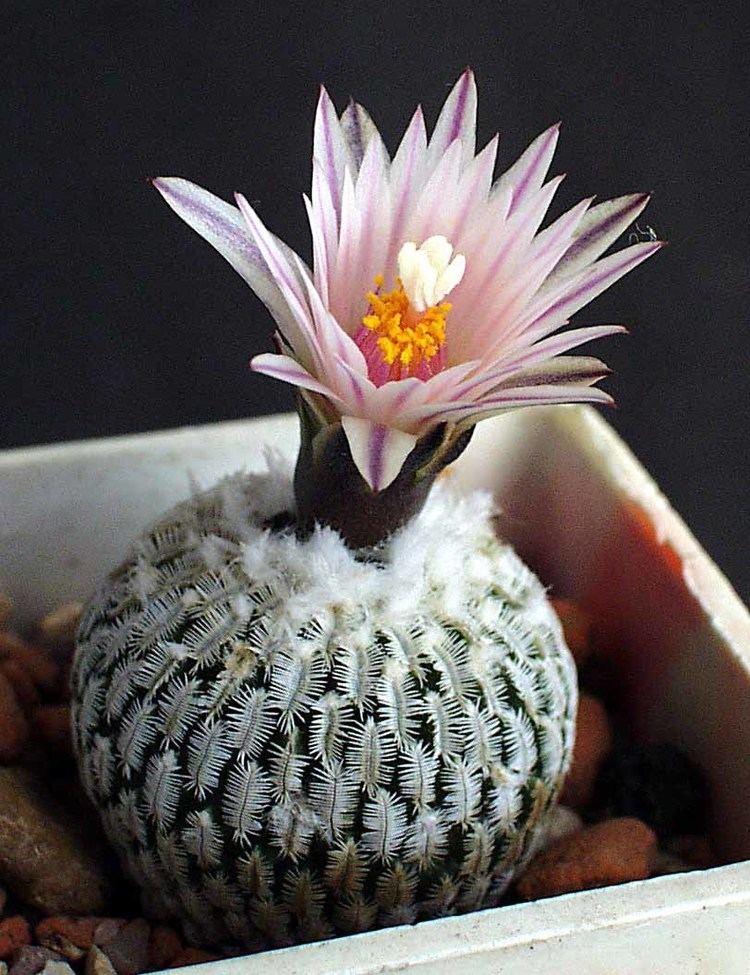
In particular, Turbinicarpus sensu stricto is adapted to extreme niches: more than 80% of the species grow in rock cracks or among the pebbles beneath them, where enough dust has accumulated to enable root development. It would seem almost impossible that plants so small could survive in such an environment, however in those species that inhabit dry and exposed areas, the root is very thick, becoming a taproot and acting like an anchor on the slopes but, more important, as a water storage for the dry periods, capable of significantly retracting into the ground so that the stem is less exposed to the sun; the spines are often changed to adopt a very papery structure, capable of absorbing good quantities of water. Furthermore, the general look is extremely mimetic, thanks to the epidermis colour and the interlacing spines, guaranteeing a certain protection from eventual herbivores.
Taxonomy
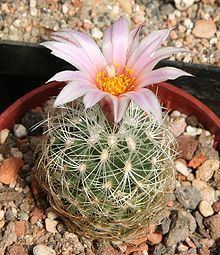
The taxonomic history of the genus Turbinicarpus is rather complex and often mixed with that of other genera like Echinocactus, Echinomastus, Gymnocactus, Mammillaria, Neolloydia, Normanbokea, Pediocactus, Pelecyphora, Strombocactus, Thelocactus and Toumeya, as the results of almost two centuries of constant evolution in the understanding of the affinities and relationships inside the Cactaceae family. Many points of view about the classification of Turbinicarpus are available currently. A genus revision by Davide Donati in 2003, and again in 2004 with Carlo Zanovello, was based on:
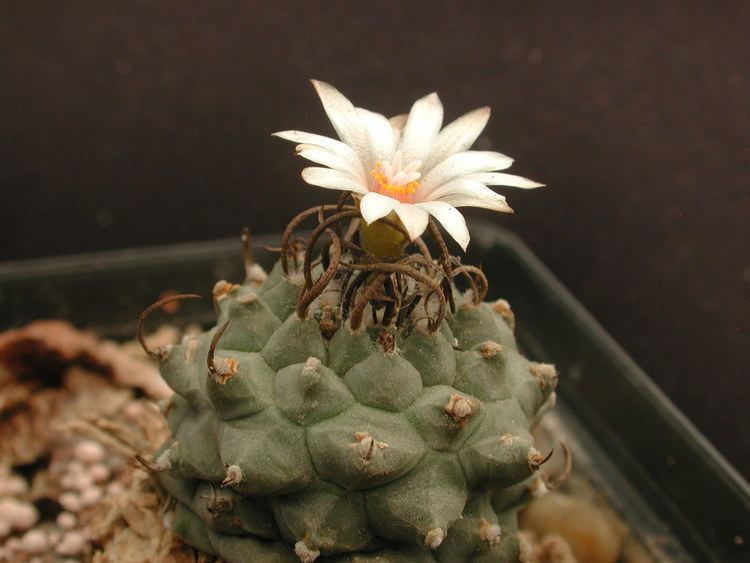
At the end of that study, Rapicactus was considererd as a distinct genus from Turbinicarpus. The genus Turbinicarpus was subdivided in 2 subgenera at the light of the results of the DNA analysis, and in many series because of the ontogeny of the spination.
Subgenus Turbinicarpus
Serie Gracilis
Serie Lophophoroides
Serie Macrochele
Serie Turbinicarpus
Serie Valdeziani
Serie Gymnocactus
Serie Viereckii
natural hybrids
Subgenus Kadenicarpus
Section Bravocactus
Section Kadenicarpus
Other species
Synonymy
The following genera haven been brought into synonymy with Turbinicarpus:
